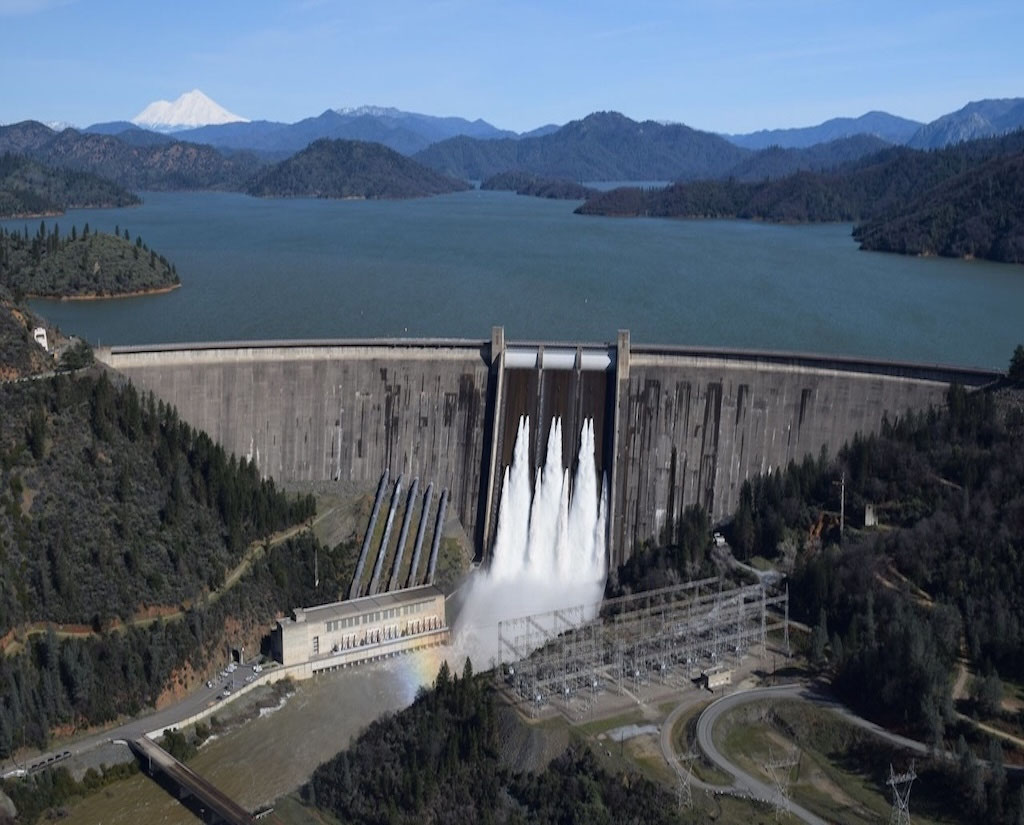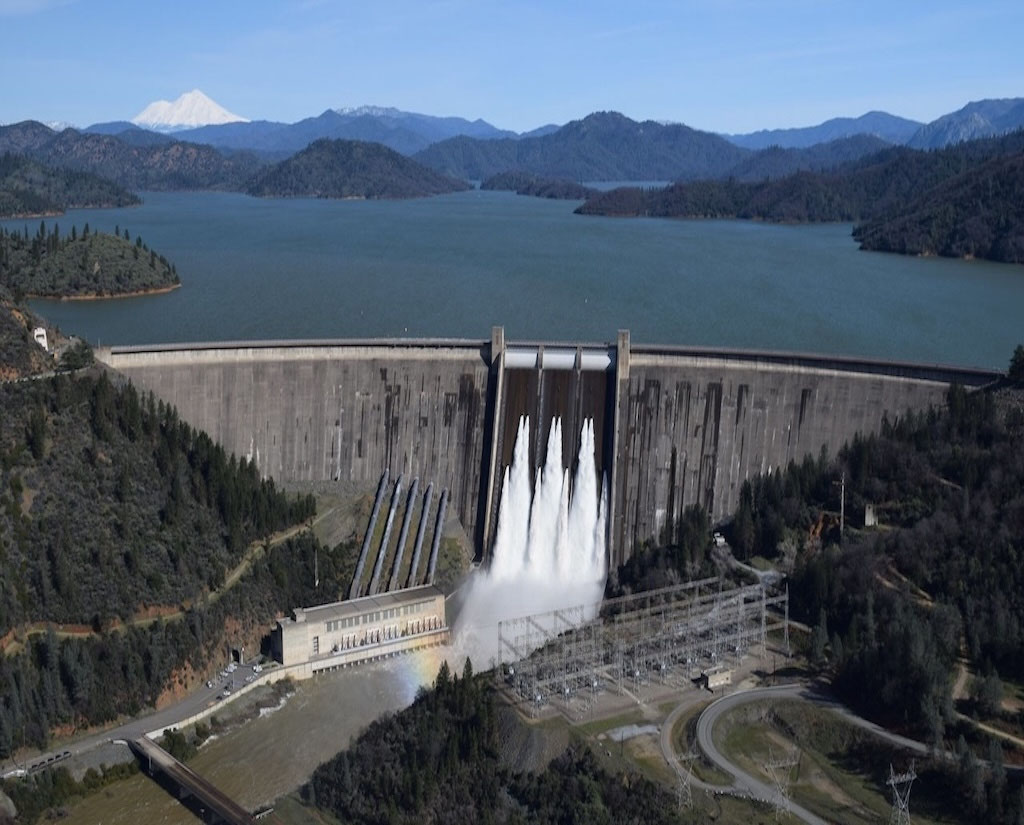
What is the Metaverse?
Metaverse is a term that was coined by Neal Stephenson in his science fiction novel Snow Crash. It refers to a virtual reality simulation of the real world, where users can interact with each other and 3D virtual objects. The Metaverse has often been described as the "internet of the future," and its development is often compared to that of the early internet. In recent years, there has been a growing interest in the Metaverse, as it has the potential to revolutionize the customer experience.
The Metaverse is a virtual world that people can visit and interact with. It is a place where people can create their own avatar, or digital persona, and explore the world around them. A Metaverse is also a place where people can buy and sell goods and services.
Virtual Reality (VR) and Augmented Reality (AR) are two technologies often used in the Metaverse. VR allows users to immerse themselves in a realistic 3D environment, while AR overlays digital information in the real world. VR and AR technologies can be used to create realistic simulations of products or environments, which customers can explore before making a purchase. This allows for a richer and more interactive customer experience and provides businesses with valuable feedback about customer preferences.
The Metaverse is not just one world; it is many worlds that are all connected to each other. People who use the Metaverse can move from one world to another, just like they would in the real world.
The Metaverse History
The Metaverse has been around for many years, but it has only recently become popular because of advances in technology. The most well-known example of the Metaverse is Second Life, which was created in 2003.
Second Life is a virtual world where people can interact with each other and buy and sell goods and services. Second Life is one of the most popular Metaverse worlds, with over a million active users.
The Metaverse is becoming increasingly important as more and more businesses are using it to connect with their customers. For example, companies like IBM, Microsoft, Coca-Cola, Hyundai, Disney, Nike, and Nissan have all created their own presence in Second Life.
Educational institutions are also using the Metaverse to create virtual classrooms and healthcare organizations to create virtual hospitals.
There are many different types of Metaverse worlds, ranging from simple chat rooms to fully immersive 3D environments. The most popular type of Metaverse world is the 3D world, which allows users to create their own avatar and explore the world around them.
Major Developments in Metaverse
The Metaverse is a rapidly growing field with new developments happening, enabled by open innovation and crowdsourcing. Here are some of the major developments in the Metaverse space that have happened recently:
- High Fidelity announced that they had raised $35 million in Series D funding, which is being used to develop a global infrastructure for virtual reality experiences. This round of funding was led by Galaxy Digital Ventures, with participation from Blockchain Capital and IDG Capital Partners.
- Linden Lab announced it would be partnering with IBM to bring the power of IBM Watson to the virtual world of Second Life. This partnership will allow residents of Second Life to use Watson's AI capabilities to help them with tasks such as learning new skills, finding information, and more.
- Sansar - the social VR platform from Linden Lab - launched its open beta. This has allowed anyone to create an account and start exploring the platform.
- December 2016 saw the launch of Decentraland, a virtual world built on the Ethereum blockchain. Decentraland is a decentralized, user-owned virtual world where users can buy, sell, or rent parcels of land.
- In December 2016, High Fidelity announced that they had partnered with HTC to bring their virtual reality platform to the HTC Vive. This partnership will allow High Fidelity users to use their VR headsets to access the High Fidelity platform.
- In late 2019, HTC VIVE announced its Collaboration with Mozilla and AWS to Launch a Dedicated Virtual Reality Web Browser that will allow developers to create highly-optimized, VR-enabled web content.
These are just a few of the major developments in the Metaverse space that have happened recently. As you can see, the Metaverse is a rapidly growing and evolving field with new and exciting developments happening.
The Future of Metaverse
The Metaverse is still in its early stages of development, and many challenges need to be addressed before it can reach its full potential. For example, the Metaverse needs to be made more user-friendly and easier to use. Additionally, the metaverse needs to be made more secure so that people feel safe when they are interacting with each other.
Despite these challenges, the Metaverse has great potential and is likely to become increasingly important in the years to come, especially in the travel industry. If you're interested in being involved in exploring the travel experience of the future through the use of the metaverse, be sure to check out Airbus’s Metaverse and the Future of Flight Challenge.
---------------------------------------------------------------------------------------
Important Terms/Concepts:
Avatar: A digital persona that represents a person in the Metaverse.
Metaverse: A virtual world that people can visit and interact with.
Virtual World: A simulated environment that computers can access.
World: A place in the Metaverse.
Open Innovation: This is the practice of sharing ideas and solutions publicly in order to encourage others to contribute their own ideas. This can be done through online platforms such as forums and social media. The Metaverse has seen a move towards open innovation, with companies increasingly gathering ideas and solutions from the wider community. This has led to a more collaborative and creative environment, with the best ideas rising to the top.
Crowdsourcing: Along with open innovation, crowdsourcing has become a popular way to get work done in the Metaverse. This involves tapping into the crowd's collective intelligence to come up with new ideas and solve problems.
Prize Challenges: A growing number of companies are using prize challenges to spur innovation in the Metaverse. These challenges offer rewards for the best ideas or solutions and can be a great way to crowdsource new ideas.








